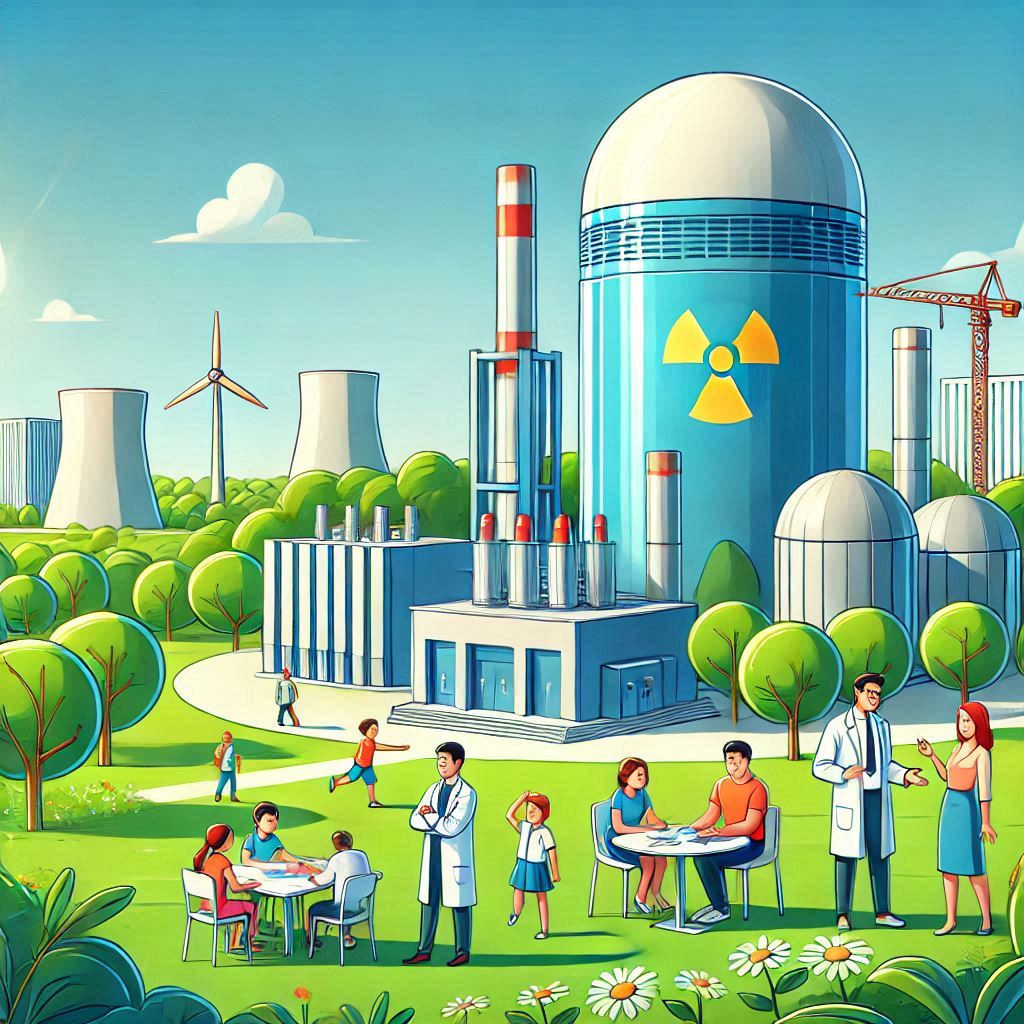
A Small Modular Reactors has the potential to change the landscape of the energy sector, providing flexibility and sustainability in power sources. SMRs can be prefabricated in factories, cutting the costs of construction and lowering construction times since they can be transported to site locations. In view of this flexibility, incremental deployment is possible in order to fulfill varying energy demands, making such reactors suitable for areas that are hard to access and smaller scale grid networks.
This makes it safer in case of an accident and gives public confidence in nuclear energy. Low-carbon power from SMRs also aids the global reduction of greenhouse gas emissions to combat climate change. Countries across the globe are increasingly pursuing the demand for reliable and also sustainable energy, and they view SMRs as a very promising innovation to redefine the future of energy production.
What are SMRs?
Engineers designed SMRs as new-generation nuclear reactors with a power of about 300 MW (e) per unit, or one-third that of other reactors. Manufacturers create SMRs smaller in size, which allows them to assemble the reactors entirely at the factories before transporting them to sites, requiring minimum time for installations in any place.
Characteristics of SMRs:
Capacity: SMRs generally have a capacity of 300 MW per unit, or roughly one-third of the capacity of conventional nuclear reactors.
Modular Design: Factories manufacture SMRs as a set of modular units and transport them to their destination site for assembly.
Modular designs could cut construction time and also costs in half.
Flexibility: User scan also deploy SMRs individually or in groups, and they can scale energy supply according to the demand. This makes them suitable for a variety of applications, including remote areas and smaller grid systems.
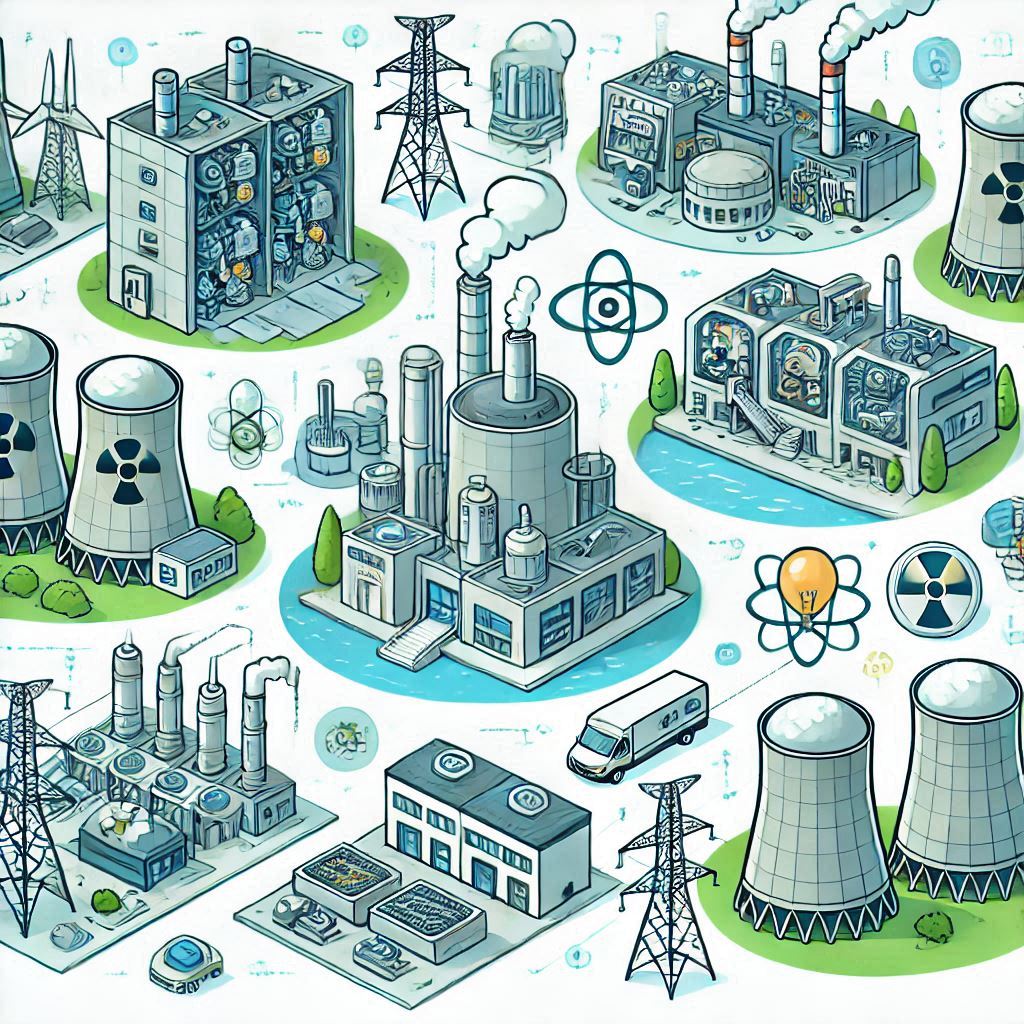
Advantages of SMRs
1. Cost-Effectiveness: Modularity and factory-based manufacturing represent the cost advantage of Small Modular Reactors. Construction time and, consequently, costs are much less than for most other conventional nuclear reactors. The pre-fabricated modules can be shipped to locations, reducing site construction efforts and, subsequently, site construction costs. This avoids financial risk as well as takes advantage of economies of scale through mass production. The incremental deployment of SMRs also allows for flexible investment in line with growing energy demands and reduces the upfront capital requirements. These factors collectively make SMRs an economically attractive option for expanding nuclear energy infrastructure.
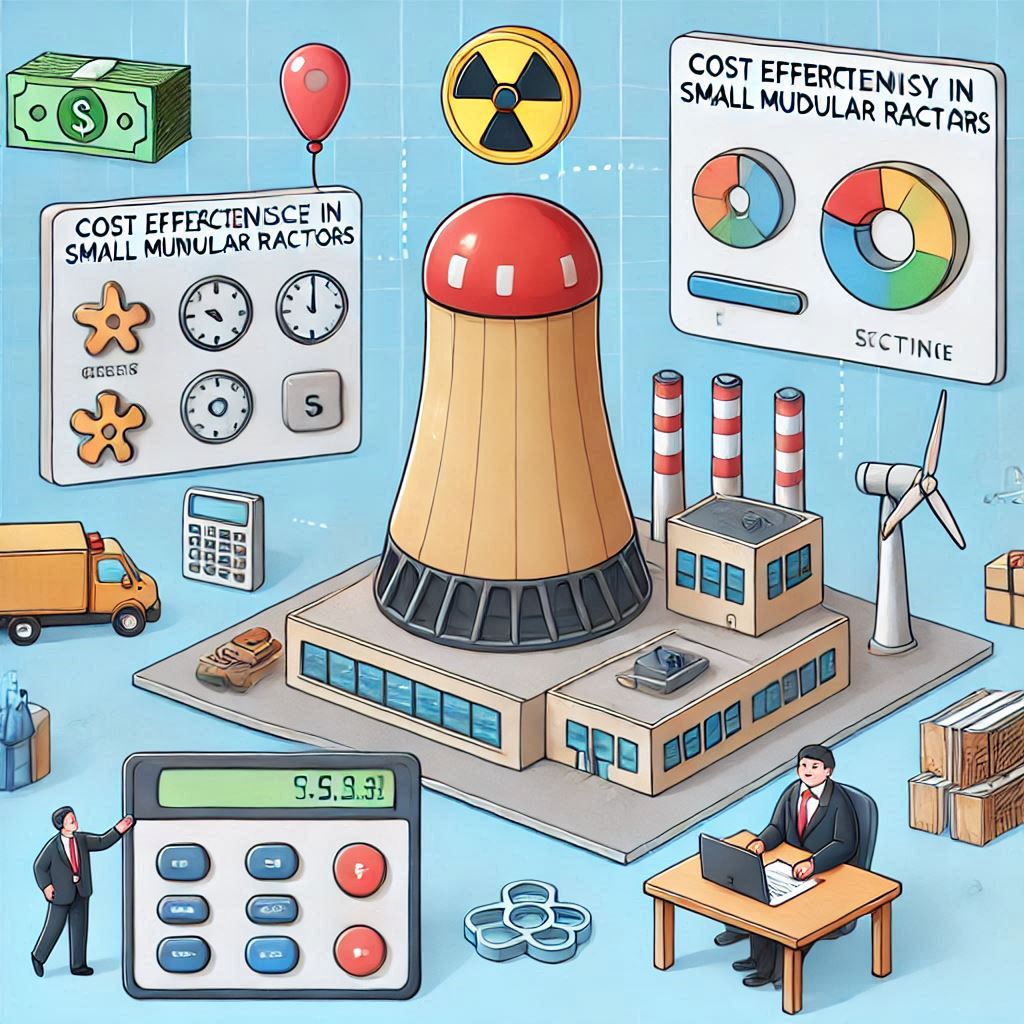
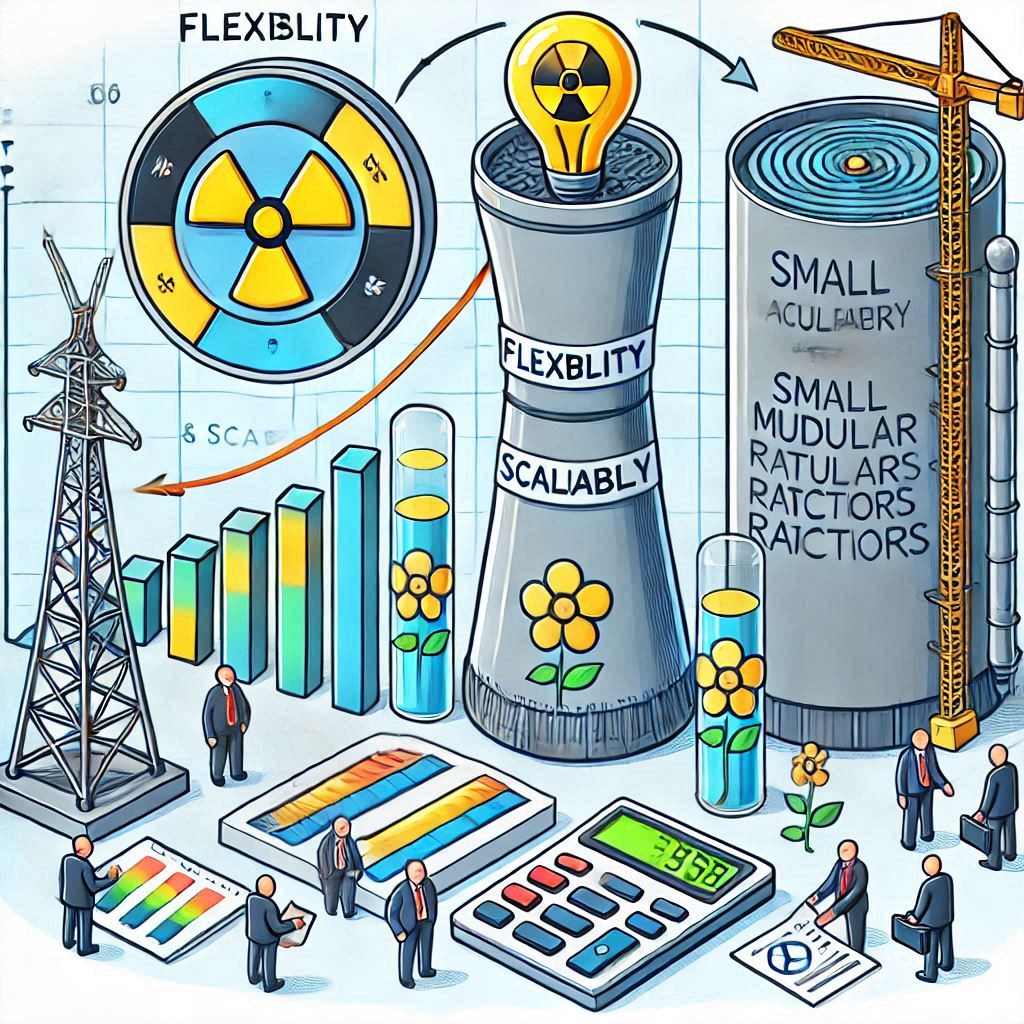
2. Flexibility and Scalability: Small Modular Reactors are highly flexible and scalable. This means that we can deploy SMRs in various ways to meet the different needs of energy. Their modular design allows us to incrementally deploy them, so we can scale power generation up or down depending on demand. This adaptability makes SMRs suitable for a range of applications, from powering remote areas to supplementing larger grid systems. Besides, small sizes and industrialized production contribute to easier installation as well as speed up construction periods, which generally facilitates better overall working efficiency. Coupled with scalability, SMRs offer a lot of flexibility toward different and changeable energy demand requirements.
3. Versatility in Applications: Highly flexible, SMRs can be adapted for all sorts of purposes other than electrical power generation alone. Furthermore they may be used as industrial process heat supply or for desalination of sea water to ensure fresh water production for humans and animals or district heating to residential and commercial buildings. More importantly, this module design allows their deployment in distant or off-grid locations, guaranteeing reliable power where large reactors cannot be brought into operation. This versatility ensures that SMRs can meet diverse energy needs, contributing to sustainable development and energy security.
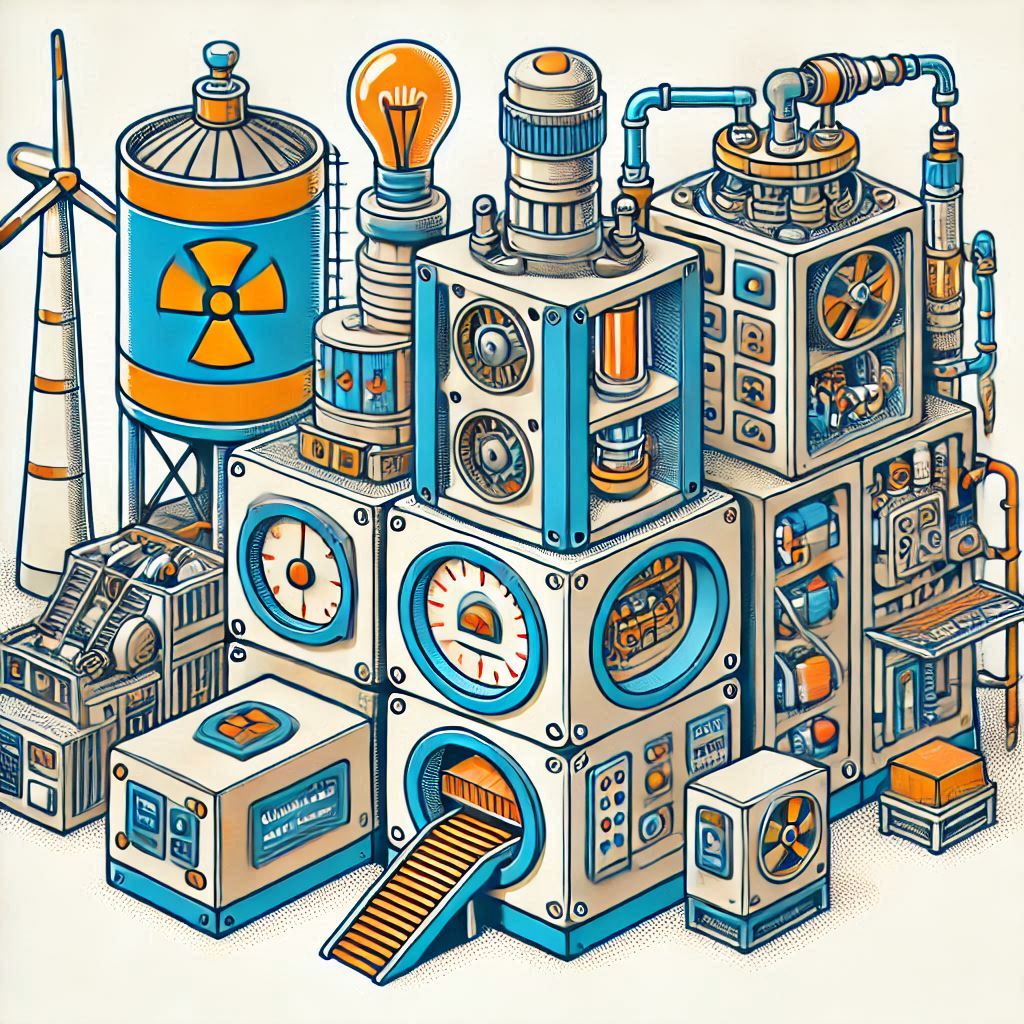

4. Enhanced Safety Features: The inherent design safety in the small modular reactor has enabled this device to become one of the safest, due to enhanced passive systems based on the principles of natural forces, like gravity and convection. Additionally, with containment structures as robust as in modern-day power generation plants, as well as advance control mechanisms to run them in safety, accidents during operations would also be minimum. Their smaller size and modularized structure also make them easier to monitor and more accessible for maintenance, which further improves their safety profile. This safety feature makes SMRs very promising candidates for the future of nuclear energy.
Future Prospects of Small Modular Reactors (SMRs)
As of 2024, Small Modular Reactors (SMRs) are picking up speed globally in terms of development and deployment. China and Russia have already constructed operational SMRs, and projects are underway in Argentina and the United States. The International Atomic Energy Agency (IAEA) and the Nuclear Energy Agency (NEA) are actively supporting the development of SMRs, as they see a great potential for meeting clean energy goals.
The horizon for SMRs looks bright as they will contribute in the transition of the world to low-carbon energy. Flexibility, enhanced safety features, and lower construction costs make them ideal candidates even for countries in the developed or developing world. As technology changes and regulations evolve, it can be surmised that SMRs have great potential to reduce greenhouse gas emissions and contribute towards security of energy.

Challenges of Small Modular Reactors (SMRs)
Though much is expected of the future nuclear energy scene in SMRs, several challenges and considerations remain in place for its more extensive adaptation.
1. Regulatory Frameworks: Current regulatory frameworks on nuclear reactors have traditionally been tailored toward conventional reactors. So modifying such frameworks for use in an SMR, or its characteristic features and enhanced safety measures, will prove difficult and lengthy.
2. Public Perception: The perception of nuclear energy is still a major barrier. Public concerns about nuclear safety, waste disposal, and the possibility of accidents can be a hindrance to the acceptance and deployment of SMRs. Effective communication and education efforts are needed to build public trust and understanding.
3. Financing and Investment: Despite being cheaper, the development and deployment of the initial investment for SMR can be very high. Financing sources and investors may face challenges in securing funding. Investment funds, especially within regions where traditional energy sources dominate and are cheaper.
4. Supply Chain and Manufacturing: A strong supply chain for mass producing SMRs will be essential. This will require availability of specialty components, materials, and labor. Disruptions in the supply chain could delay production and increase costs.
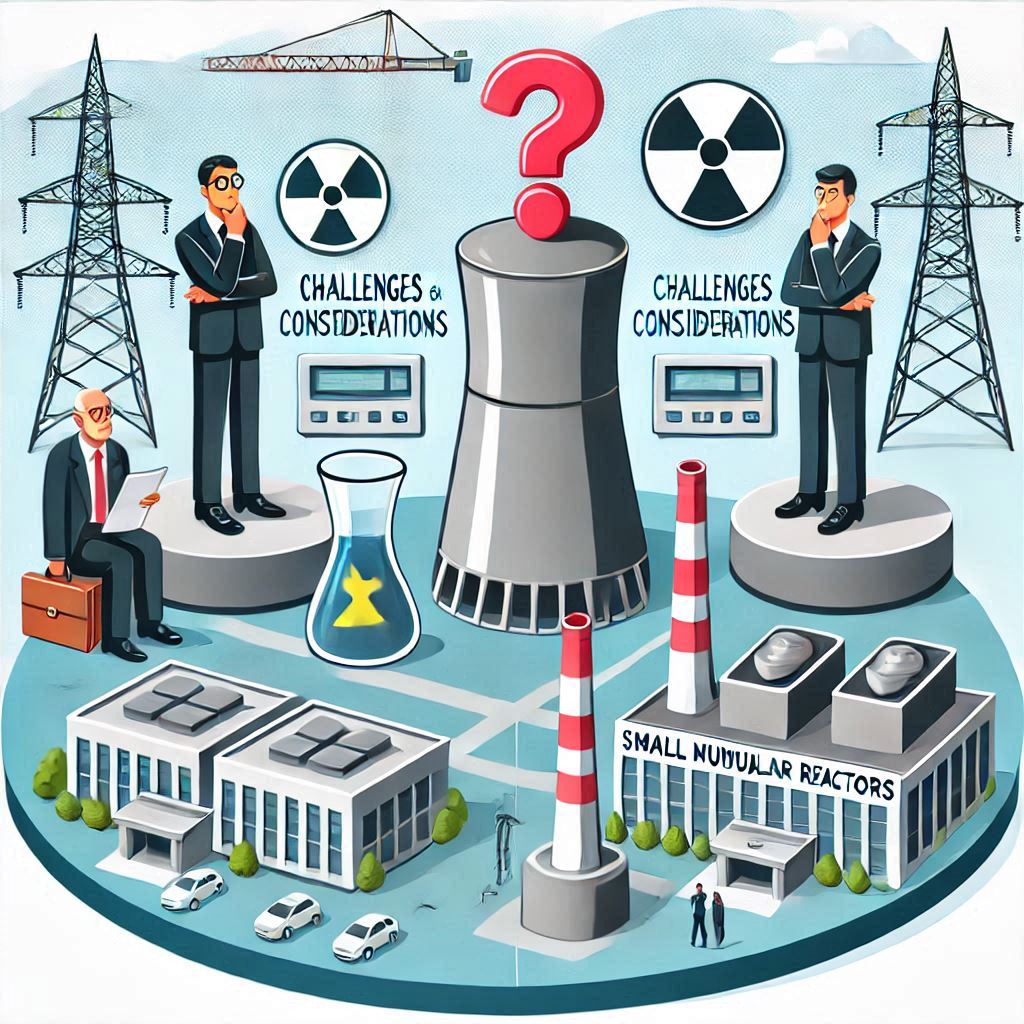
5. Waste Management: Nuclear reactors of all kinds produce radioactive waste. That we need to dispose of or put through proper disposal means to ensure reduced environmental and health hazards.
6. Technological Maturity:
Although some designs of SMRs have demonstrated viability, others are only at development or prototype stages; therefore, researchers need to conduct further research, testing, and validation for these technologies’ reliability and performance.
7. Integration with the existing infrastructure: The integration of SMRs within the already existing energy grids. Infrastructure could pose technical and logistical problems. Compatibility and optimal use of SMRs in a variety of energy systems require careful planning and coordination.
This is the only way to fully exploit the potential of SMRs to revolutionize the energy sector. Collaboration between governments, industry stakeholders, and communities will be necessary in overcoming these hurdles. Paving the way for a sustainable energy future.
Summary
Small Modular Reactors hold a lot of promise in the future for nuclear energy-a blend of cost-efficiency, flexibility, and safety. SMRs appear as a strong candidate for achieving sustainable energy across the world. However, they face regulation and societal barriers. Overcoming these barriers has the potential to transform the energy industry. Contribute heavily towards a cleaner and more sustainable world.
You can check more information from here
Subscribe to our newsletter!
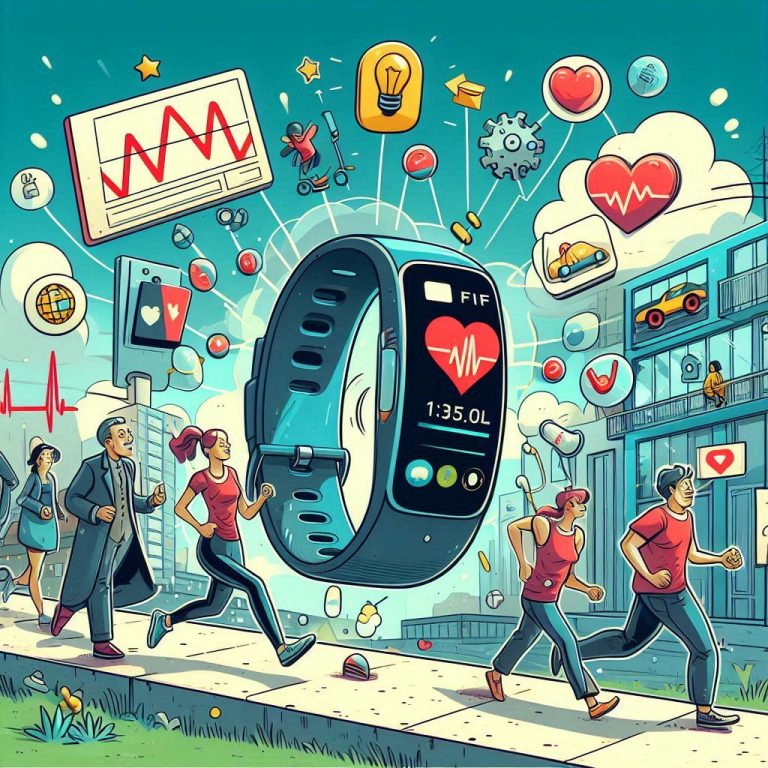





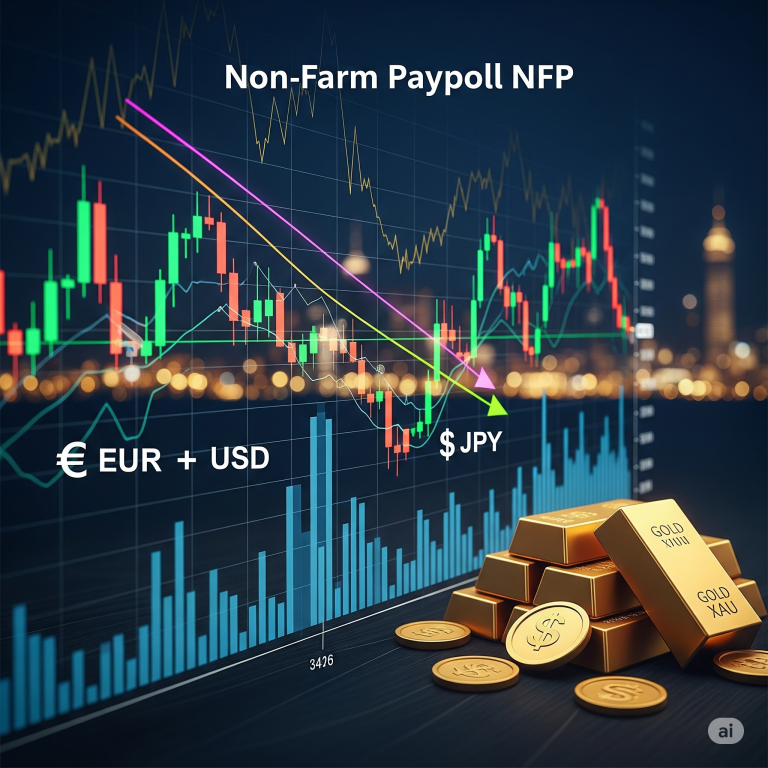
Good 👍
thanks